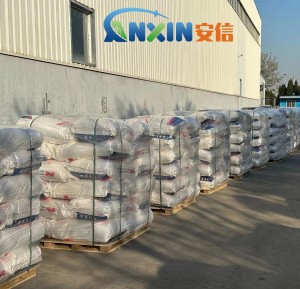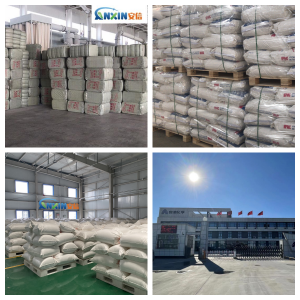Hydroxypropyl Methylcellulose (HPMC) is a nonionic, water-soluble polymer derived from natural cellulose through chemical modification. As a functional cellulose derivative, HPMC has been widely used in a variety of fields, including construction, medicine, food, and cosmetics, due to its unique physical and chemical properties.
From a chemical perspective, HPMC is a derivative in which methyl and hydroxypropyl groups are introduced into the hydroxyl positions of the cellulose molecular chain. The original hydroxyl (-OH) groups on the cellulose molecular chain are replaced by methyl (-CH₃) and hydroxypropyl (-CH₂CHOHCH₃) groups, forming a nonionic substituted cellulose. This structure allows HPMC to retain the basic cellulose backbone while imparting excellent water solubility and adjustable viscosity, while maintaining stability under varying temperature and pH conditions.
In terms of physical and chemical properties, HPMC exhibits excellent water solubility and thickening properties. It dissolves readily in cold water, forming a transparent, homogeneous, viscous solution. The viscosity and rheological properties of the solution can be controlled by adjusting the degree of substitution and molecular weight. HPMC also exhibits thermogelation, undergoing a solution-to-gel transition at a certain temperature. This property holds significant application value in the food and pharmaceutical industries. HPMC also exhibits excellent film-forming properties and emulsion stability, forming flexible, water-resistant films suitable for use in coatings or colloidal formulations. Due to its nonionic nature, HPMC is neutral in aqueous solution and exhibits good tolerance to acids, bases, and most salts.
The HPMC preparation process primarily involves cellulose alkalization, etherification, and purification and drying. Specifically, natural cellulose is first activated under alkaline conditions to increase the activity of the hydroxyl groups. Methyl chloride and propylene oxide are then added for etherification, introducing methyl and hydroxypropyl substituents. Finally, a uniform HPMC powder is obtained after washing, drying, and pulverization. By controlling the reaction conditions and degree of substitution during the preparation process, HPMC with varying viscosity grades and functional properties can be obtained to meet diverse application requirements.
HPMC has demonstrated a wide range of applications. In the construction industry, HPMC is often used as an additive in mortars, tile adhesives, and dry-powder plasters, primarily for water retention, thickening, and improving workability. In the pharmaceutical industry, HPMC can be used as a thickener in sustained-release tablet matrices, capsule shells, and ophthalmic preparations, leveraging its water solubility and film-forming properties to improve drug release and stability. In the food industry, HPMC is used as a thickener, emulsion stabilizer, and fat substitute to enhance taste and texture. In cosmetics and personal care products, it can be used in lotions, gels, and toiletries to improve consistency and moisturizing properties. Furthermore, HPMC can be used in oilfield drilling fluids, papermaking, textile finishing, and coatings, demonstrating its versatility and adaptability.
Notably, as a non-ionic cellulose derivative, HPMC is biocompatible and safe, generally considered non-toxic, edible, and biodegradable, earning it widespread acceptance in both the food and pharmaceutical sectors. Furthermore, HPMC’s properties can be adjusted through molecular weight and degree of substitution to meet the viscosity, thermal gelation temperature, and film-forming properties required for different applications.
HPMC is a highly functional cellulose derivative with excellent water solubility, thickening, film-forming, and thermal gelation properties. It is widely used in industries such as construction, pharmaceuticals, food, and cosmetics. Its adjustable chemical structure, stable performance, and safety and environmental friendliness make HPMC an indispensable polymer material in modern industry and daily life.
Post time: Sep-25-2025








